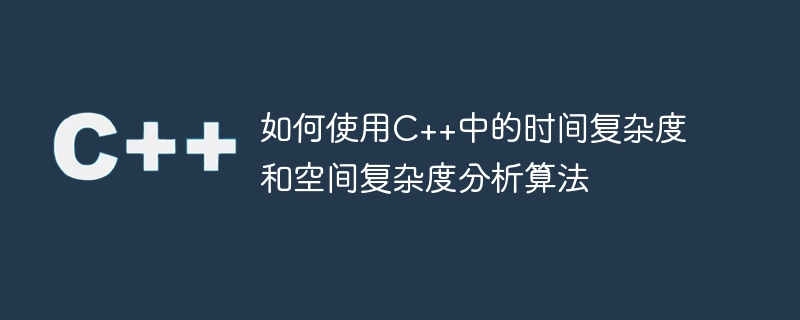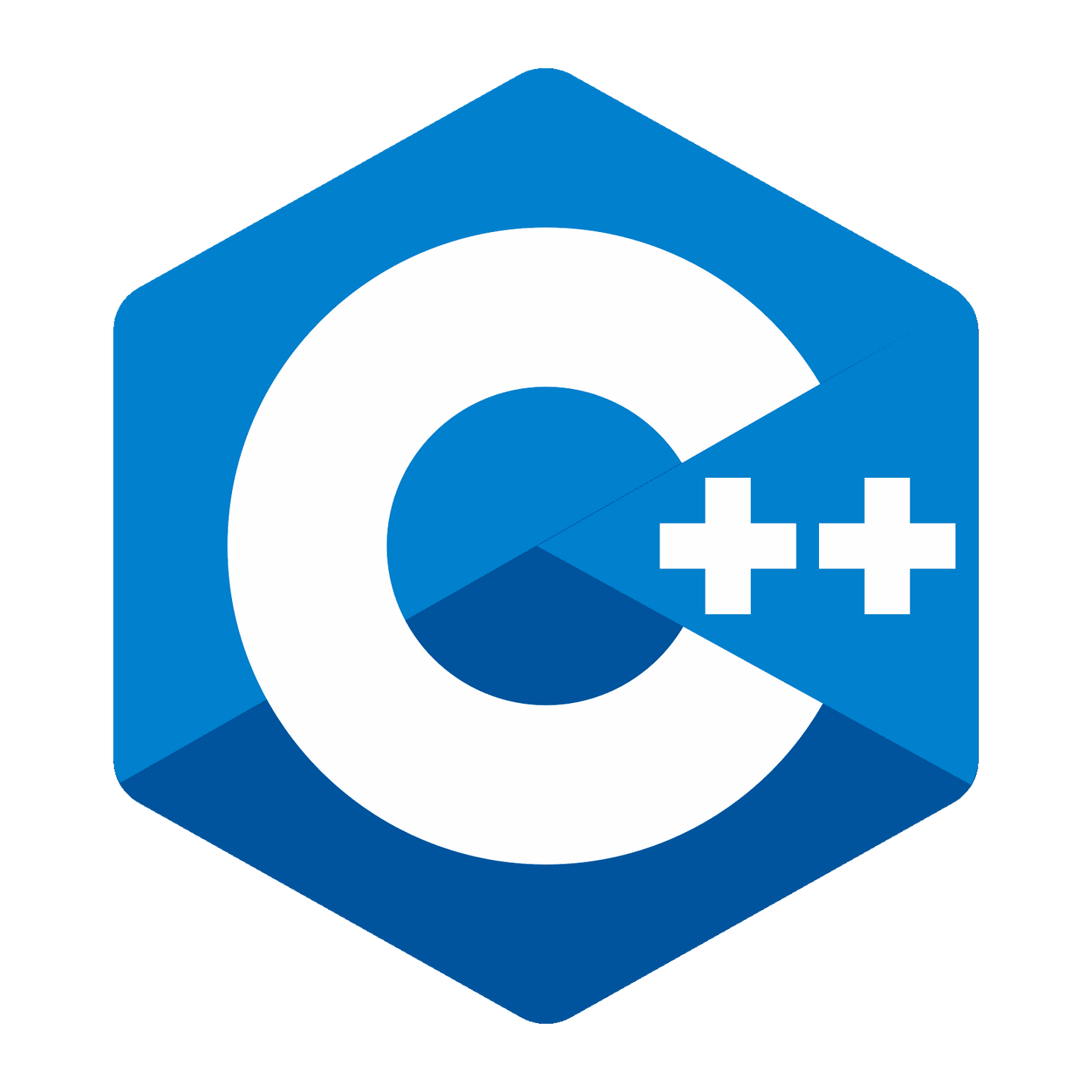
如何使用C++中的时间复杂度和空间复杂度分析算法
时间复杂度和空间复杂度是对算法运行时间和所需空间的度量。在软件开发中,我们常常需要评估算法的效率,以选择最优的解决方案。C++作为一种高性能编程语言,提供了丰富的数据结构和算法库,同时也具备强大的计算能力和内存管理机制。
本文将介绍如何使用C++中的时间复杂度和空间复杂度分析算法,并通过具体的代码示例解释如何进行分析和优化。
一、时间复杂度分析
立即学习“C++免费学习笔记(深入)”;
时间复杂度是对算法的执行时间进行估算的度量。它通常以大O记法(O(n))表示,表示算法的运行时间与输入规模n的增长关系。常见的时间复杂度有O(1)、O(log n)、O(n)、O(n log n)和O(n^2)等。
下面以两个常见的排序算法(冒泡排序和快速排序)为例,介绍如何分析它们的时间复杂度。
冒泡排序是一种简单但效率较低的排序算法。它的基本思想是从第一个元素开始,逐一比较相邻元素的大小,并按照升序或降序进行交换,直到整个序列有序。
void bubbleSort(int arr[], int n) {
for (int i = 0; i < n-1; i++) {
for (int j = 0; j < n-i-1; j++) {
if (arr[j] > arr[j+1]) {
// 交换arr[j]和arr[j+1]
int temp = arr[j];
arr[j] = arr[j+1];
arr[j+1] = temp;
}
}
}
}在冒泡排序中,外层循环的执行次数为n-1,而内层循环的执行次数为(n-1) + (n-2) + ... + 1 = n(n-1)/2。因此,冒泡排序的时间复杂度为O(n^2)。
快速排序是一种高效的排序算法。它利用分治的思想,在序列中选择一个基准元素,将序列分割成两个子序列,其中一个子序列中的元素都小于基准元素,另一个子序列中的元素都大于等于基准元素,然后对两个子序列分别进行快速排序。
int partition(int arr[], int low, int high) {
int pivot = arr[high];
int i = (low - 1);
for (int j = low; j <= high - 1; j++) {
if (arr[j] < pivot) {
i++;
// 交换arr[i]和arr[j]
int temp = arr[i];
arr[i] = arr[j];
arr[j] = temp;
}
}
// 交换arr[i+1]和arr[high]
int temp = arr[i+1];
arr[i+1] = arr[high];
arr[high] = temp;
return (i + 1);
}
void quickSort(int arr[], int low, int high) {
if (low < high) {
int pi = partition(arr, low, high);
quickSort(arr, low, pi - 1);
quickSort(arr, pi + 1, high);
}
}在快速排序中,每次选择一个基准元素并进行分区,分区操作的时间复杂度为O(n)。而在最坏情况下,即每次分区都将序列分成长度为1和n-1的两个子序列,快速排序的时间复杂度为O(n^2)。但在平均情况下,快速排序的时间复杂度为O(n log n)。
这两个排序算法的时间复杂度分析告诉我们,在大规模数据时,快速排序的效率要高于冒泡排序。
二、空间复杂度分析
空间复杂度是对算法所需内存空间的度量。它包括程序代码、全局变量、局部变量和动态分配的内存等。
下面以计算斐波那契数列为例,介绍如何分析算法的空间复杂度。
int fibonacci(int n) {
int* fib = new int[n+1];
fib[0] = 0;
fib[1] = 1;
for (int i = 2; i <= n; i++) {
fib[i] = fib[i-1] + fib[i-2];
}
return fib[n];
}在上面的代码中,我们使用动态分配的数组来保存计算结果,所以所需的额外空间与输入规模n相关。因此,斐波那契数列的空间复杂度为O(n)。需要注意的是,动态分配的内存在使用完毕后需要手动释放,以避免内存泄漏。
在实际开发中,我们需要根据具体的业务场景和问题需求,选择合适的数据结构和算法,以优化时间复杂度和空间复杂度,并解决性能瓶颈。
结论
本文介绍了如何使用C++中的时间复杂度和空间复杂度分析算法,并通过具体的代码示例进行了解释。在实际开发中,我们应该充分利用C++中的数据结构和算法库,同时结合时间复杂度和空间复杂度的分析,选择最优的解决方案。这将有助于提高程序的性能和效率,为用户带来更好的体验。
以上就是如何使用C++中的时间复杂度和空间复杂度分析算法的详细内容,更多请关注php中文网其它相关文章!

c++怎么学习?c++怎么入门?c++在哪学?c++怎么学才快?不用担心,这里为大家提供了c++速学教程(入门到精通),有需要的小伙伴保存下载就能学习啦!

Copyright 2014-2025 https://www.php.cn/ All Rights Reserved | php.cn | 湘ICP备2023035733号